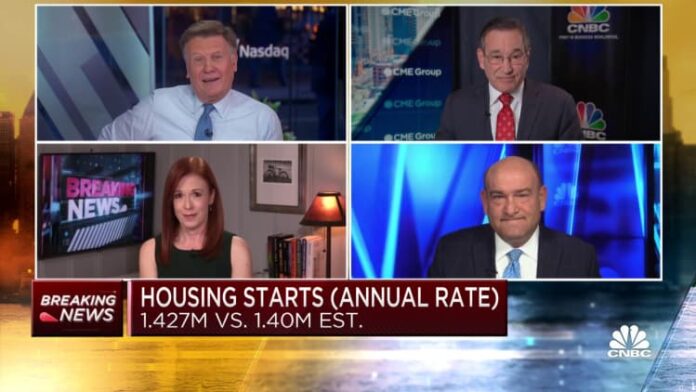A For Rent sign in front of a building on December 06, 2022 in Miami Beach, Florida.
Joe Raedle | Getty Images
Single-family home and apartment rents are still rising, but at a much slower pace as inflation squeezes consumers and landlords lose pricing power.
According to Realtor.com, rental growth slowed for the 10th straight month in November, with rents up just 3.4% compared to November 2021. That’s the smallest gain in 19 months.
In the top 50 metropolitan markets, the average asking rent fell to $1,712, down $22 from October and down $69 from the July peak.
“Many Americans’ budgets are being pulled in multiple directions as the holiday season approaches, bringing the rental market a more typically seasonal slowdown that we haven’t seen in recent years,” said Danielle Hale, chief economist at Realtor.com, in a release. “Despite this recent relief, renters will continue to be challenged by affordability in 2023, with rents expected to reach further record highs.”
The rent relief varies from market to market. Rents in the Sun Belt rose just 0.9% year over year as cities like Jacksonville, Fla. and Austin, Texas saw annual rent declines for the first time in nearly two years.
Meanwhile, markets in the Midwest are becoming less affordable, with rents in Indianapolis and Kansas City rising nearly 10% and 9%, respectively.
While the Realtor.com report looks at all rents, another report that focuses only on single-family home rents in October paints a similar picture.
CoreLogic reports that single-family rent growth slowed to 8.8% compared to October 2021, the slowest rate of increase in over a year. But that is still three times the pre-pandemic rate. Rents usually slow in the fall, but this year has been slower than normal.
Rents for single-family houses are increasing faster than for apartments because the supply of the former is much lower than that of the latter. Additionally, in the early years of the Covid pandemic, there was significantly higher demand for single-family homes in the suburbs, and most of those tenants have not moved.
Demand remains strong in the sunbelt. Single-family home rents in Miami and Orlando, Fla., ranked highest, up 16% and 15.5% year over year, respectively.
Effects on the construction
While builders continue to expand the rental housing market, slower rent increases could already weigh on multifamily construction. According to the US Census, multifamily building permits fell by a much stronger-than-expected 18% in November compared to October.
“I’ve heard anecdotal stories of multi-family projects being canceled because the numbers no longer jibe with still-high construction costs, soaring financing rates and slowing rental growth,” said Peter Boockvar, chief investment officer at Bleakley Finance Group.
All of these factors, in addition to a high volume of construction, point to an even sharper slowdown next year. According to Robert Dietz, chief economist for the National Association of Home Builders, there were 932,000 multi-family homes under construction in November, the highest number since December 1973.
“We are forecasting declines for residential construction in 2023 due to high supply in the construction pipeline as well as tightening financing conditions for commercial real estate,” Dietz wrote after the release of the November housing report.




















